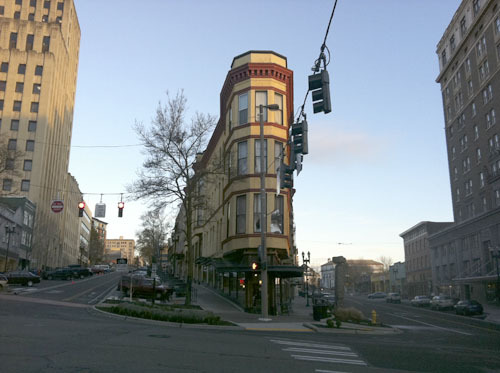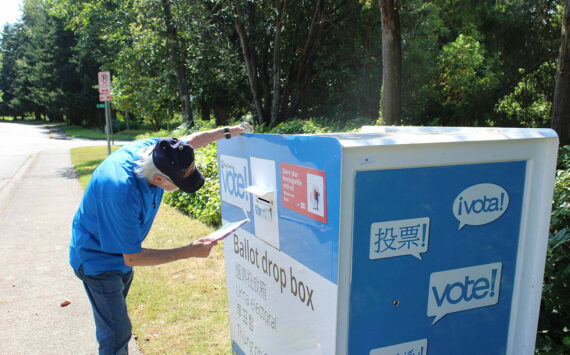The Washington State Department of Archaeology and Historic Preservation (DAHP) is highlighting the results of a recent study by the National Park Service (NPS) that shows historic preservation tax incentives spurred job creation and affordable housing in 2010 locally and nationwide.
The report, compiled by the NPS’s Technical Preservation Services, summarizes the performance of the Federal Tax Incentives for Rehabilitating Historic Buildings — commonly referred to as Investment Tax Credits, or “ITC”s — a program that provides a 20 percent credit for investment in “certified” rehabilitation projects of income-producing buildings that are listed on the National Register of Historic Places. For the ITC program, “certified” means that the rehabilitation work was determined by DAHP and NPS to meet the Secretary of the Interiors Standards for Rehabilitation.
“In the midst of the current nationwide economic downturn, the document reports good news for the ITC program as a lucrative incentive for investment in historic rehab projects,” wrote a DAHP spokesperson on the organization’s blog ( http://wadahp.wordpress.com/ ). “National totals indicate an investment of $3.43 billion in the rehabilitation of 951 historic buildings and creating 41,641 new jobs. More good news shows that historic rehab projects have resulted in 5,514 low and moderate income housing units and 13,273 housing units created or renovated overall across the nation.”
According to the study, Washington State ranked 18th overall in terms of “certified” rehab investments at nearly $61 million; achieved greater investment than many of its “peer” states (other states of comparable population, economics, and demographics) such as Colorado ($3.4 million), Minnesota ($11 million), and Georgia ($12.8 million); ranked 22nd amongst all the states in terms of actual numbers of rehabilitated projects, with six certified projects, which was ahead of other peer states such as Colorado and Minnesota at two projects each; and fared well in terms of average investment ($10.1 million) when compared to larger states such as California ($11.4 million), New York ($11.8 million), and Texas ($10.3 million). The report also shows that nearly 50 percent of rehabilitation projects taking advantage of the ITC program also utilized income or property tax incentives implemented at the state level, including Washington’s Special Valuation for Historic Properties tax incentive program, according to DAHP and the NPS.
“Clearly, availability of a state authorized incentive package is a great tool for leveraging ITC investment projects as has been demonstrated in Washington since the 1980s,” wrote a DAHP spokesperson on the organization’s blog. “Washington’s Special Valuation projects represent nearly $380 million in the last 5 years alone.” In Tacoma, some of the rehabilitation projects that have sought ITC benefits include the Olympus Hotel Apartments (815 Pacific Ave.), Sandberg-Schoenfelds Buildings (1411-1423 Pacific Ave.), Tacoma Mausoleum (5302 S. Junett Street), Morris-Miller Building (2012-2106 Pacific Ave.), Bostwick Building (764 Broadway), Annobee Apartments (319-323 North I St.), Tacoma Grocery Company Building (2108 Pacific Ave.), Tacoma Building (1015-1021 A St.), Hunt Mottet Building (2114-2116 Pacific Ave.), Perkins Building (1101 A St.), Nisqually Power Substation (2416 South C St.), Albers Brothers (1821 Dock Street), C. O. Lynn Co. Funeral Home Building (717 Tacoma Ave. S.), National Bank of Tacoma Building (1123 Pacific Ave.), and Elridge Hotel / YMCA Building (747 St. Helens Ave.).
For more information about the ITC program, including a copy of the 2009 edition of the report (the 2010 report is not yet posted), visit NPS’s Web site at http://www.nps.gov/hps/tps/tax/index.htm .





